History of St Albans Train Station:
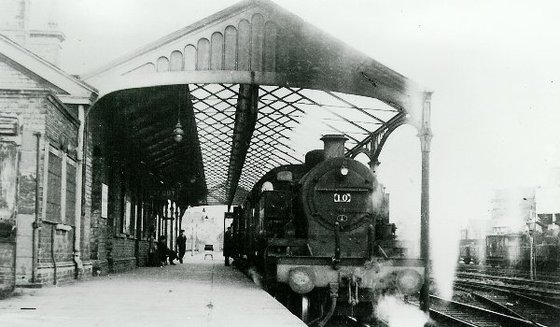
The train and railway system came to St Albans in the 19th century primarily for the transportation of goods one St Albans to other neighbouring towns and villages. The trading locals were concerned for transportation their products as they could not deal with delays. The introduction of St Albans Train Station and railway links were one of the best steps towards innovation in 300 years. Despite facing opposition from coach companies, St Albans Train stations have always been jam-packed with passengers and traders. Before St Albans first train station, the town was stop-by for trains but since it did not have a proper station at that time, the trains only stopped at St Albans Train station for passengers.
St Albans Abbey Railway Station:
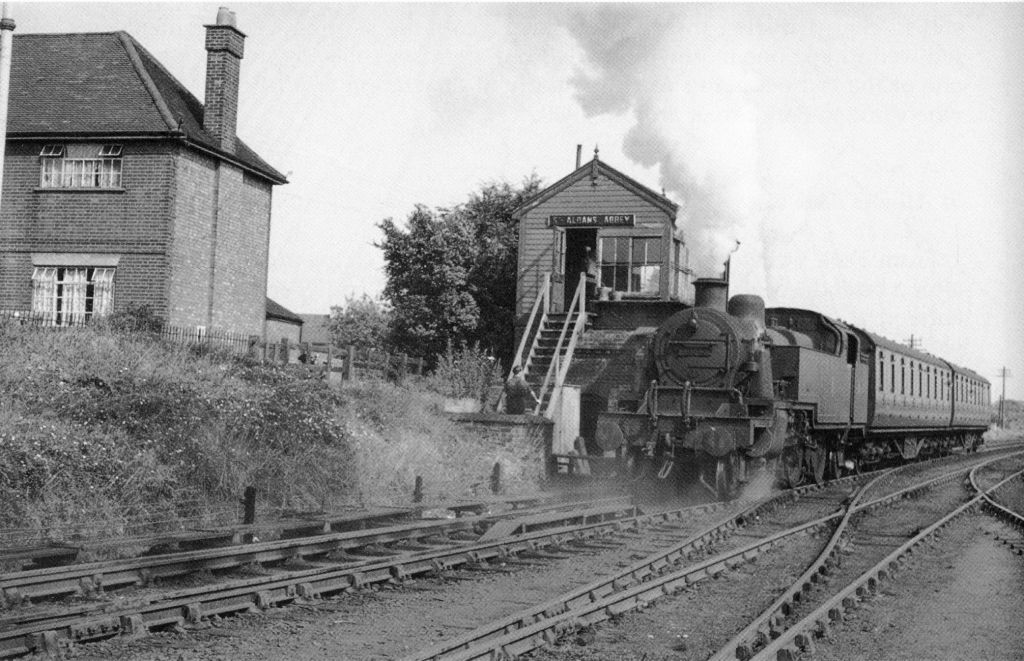
(Photo: St Albans Abbey Railway Station Signal Box)
The first St Albans Train station was the St Albans Abbey Railway Station that was instituted in 1858. Before it became the St Albans Abbey Railway station, it was known as the Abbey Flyer that used to travel passing by St Albans; it was built North Western to London in 1855. The railway line was extended to Bricket Wood, Park Street ending at what we know as St Albans Abbey Station, but the word abbey was added in the name 1924 to eliminate confusion because there already existed the Abbey Flyer.
St Albans City Railway Station:
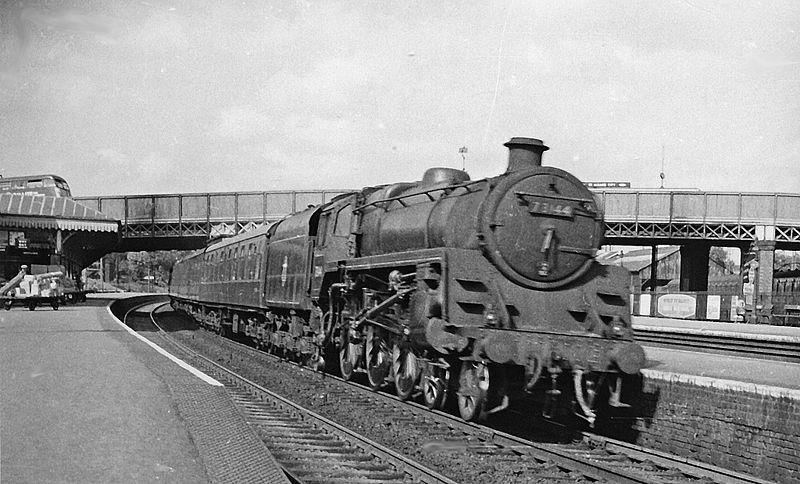
The second to the list of St Albans Train Station was St Albans City Railway station that was inaugurated in 1868. Since St Albans was a famous market town, the neighbouring towns wanted to form a direct railway link to trade. Therefore, after the considerable success of St Albans Abbey Station, the St Albans City Railway station took over the railway link of from London St Pancras to Brighton with significant city stops at Luton, Luton Airport, and Bedford.
St Albans Train Station (London Road):
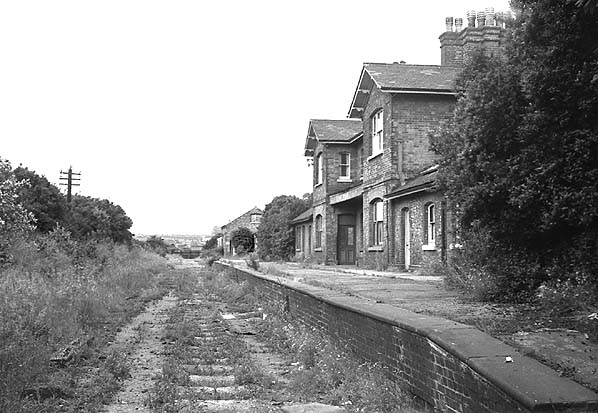
There’s another small station that has widely been known as ‘London Road’. It was built in 1865 (or 1863 two origins have mentioned in the history). This station built by the Hatfield and St Albans Railway to form a direct link to the Great Northern Railway Company established in 1835. Sadly, St Albans London Road train station ceased travelling in 1951, the site of St Albans train station for London road is restored as cycling and walking track.
St Albans Train Station:
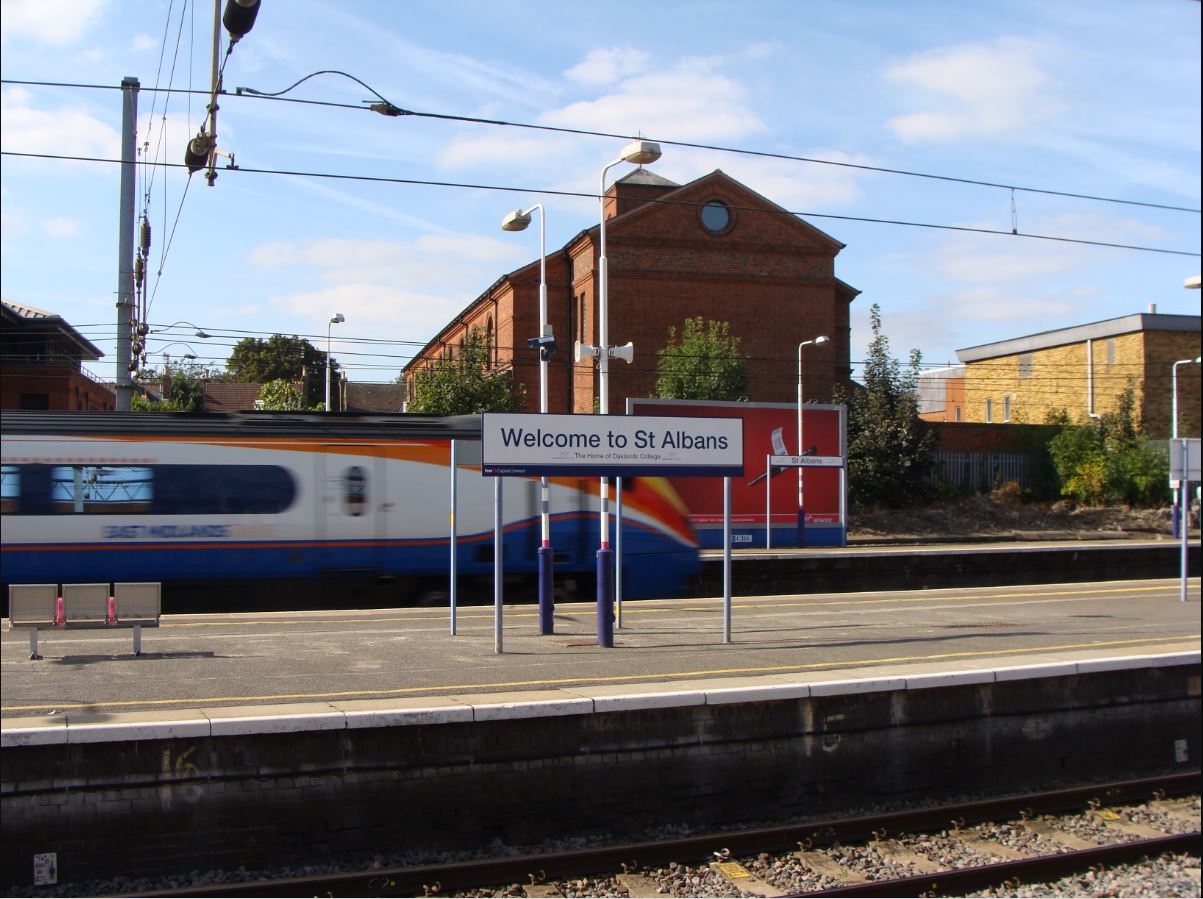
The execution of railway from St Albans Train station is efficient and innovative. Hundreds of locals around the UK use St Albans Train Station to travel to various cities and towns in the county. The management has improved St Alban Train stations to accommodate travellers so that everyone could enjoy the amenities it offers with relish.
People who are interested to use the St Albans Station can also book their rides with ‘A1 Taxis’ in just £4.
A1 Taxis is one of leading and fastest emerging St Albans Taxis company.

Comments are closed.